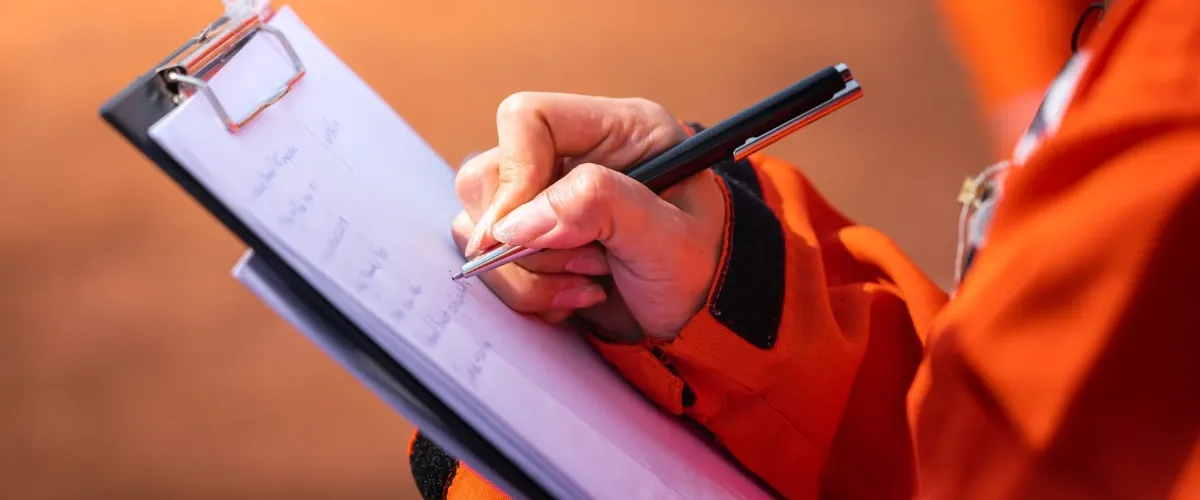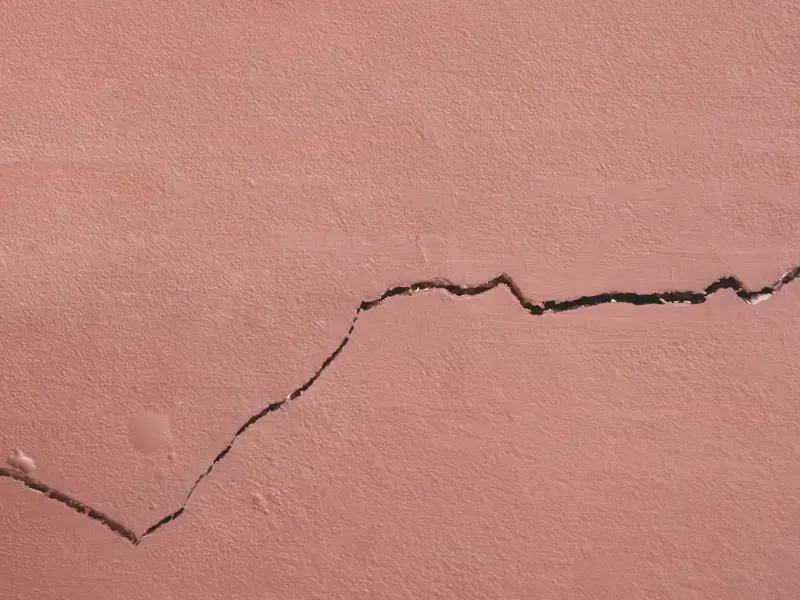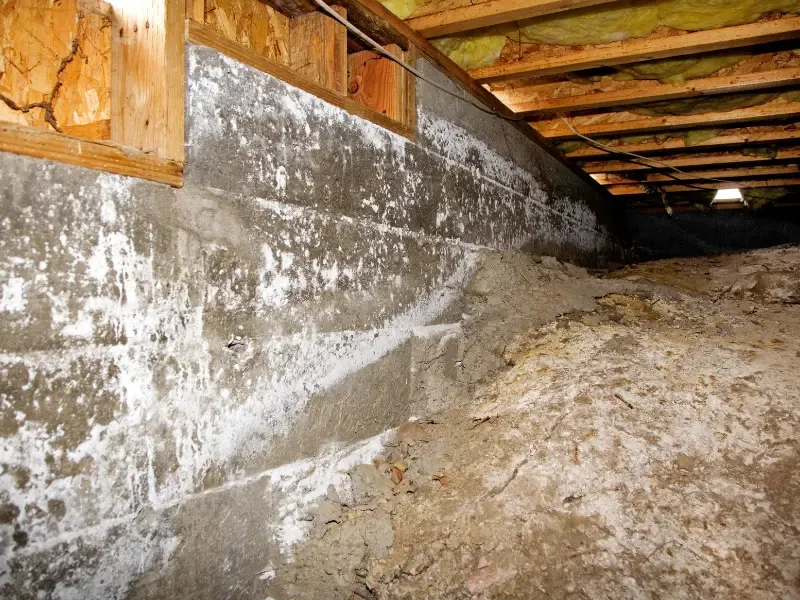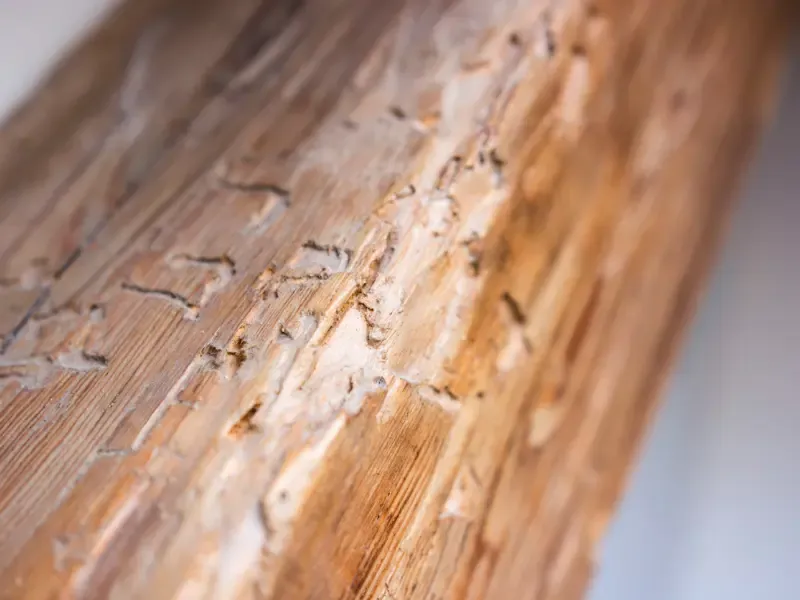Unraveling the Issues and Risks in Crawl Spaces

Within the regions of Tennessee, Arkansas, and Mississippi, we frequently encounter unique soil complexities, particularly expansive clay soils, that can heavily influence the condition of your home’s crawl space. These soils, due to their remarkable ability to shrink and swell with changing moisture levels, present serious challenges to the structural stability of this area of your home. The continuous cycle of contraction and expansion can give rise to significant structural issues if not monitored closely.
Contact us if you believe you have probelms with your home’s crawl space to prevent a small problem from becoming a larger one.
In our extensive experience, one of the most common crawl space issues we encounter is foundation settlement, affecting over 25% of homes in the United States. This predicament typically arises when the soil beneath the foundation of your crawl space compresses or shifts, leading to an uneven surface.

Early signs of foundation settlement within your crawl space include:
- Visible cracks in interior or exterior walls
- Uneven or sloping floors in the living spaces above
- Doors or windows that stick or do not close properly
- Gaps developing between walls and the ceiling
Ignoring these signs can result in serious structural damage to your home. It is crucial to address them promptly to ensure the safety and stability of your home’s structure.

Moisture and Humidity: Silent Saboteurs of Crawl Spaces
Nearly 60% of homes in the United States grapple with wet or damp crawl spaces, sparking a cascade of issues. Excessive moisture can originate from multiple sources including poor drainage, plumbing leaks, or lack of proper ventilation. This damp environment encourages the growth of mold, fungi, and pests. Further, persistent exposure to excessive moisture can trigger wood rot, jeopardizing the structural integrity of the wooden components of your home.
In addition to excess moisture, high humidity levels within crawl spaces pose a considerable threat. Water intrusion or inadequate ventilation can result in humidity levels that exceed the 60% threshold, creating ideal conditions for mold growth. High humidity within the crawl space can have a significant negative impact on your home’s indoor air quality, potentially contributing to respiratory issues and other health concerns.
The Crucial Role Of Crawl Space Inspections
Equipped with in-depth training, our team of Certified Foundation Repair Specialists possesses the expertise necessary to accurately identify issues within your crawl space. Through a comprehensive inspection, our specialists assess the condition of the crawl space, inspecting for signs of water damage, looking out for pest infestations, and evaluating the overall structural integrity. Early detection of these issues can save homeowners from steep repair costs and prevent more severe damage to the crawl space and, by extension, the house.

Here are some common signs of crawl space issues to watch out for:
- Unpleasant, musty odors permeating the home
- Increased condensation on windows
- Exacerbation of allergies or respiratory issues when indoors
- Visible mold growth on walls, insulation, or wooden structures within the crawl space
- Standing water or signs of water damage in the crawl space
- Sagging or uneven floors, a sign of failing crawl space supports
- Pests or insect infestations within the crawl space
- Cracks in interior or exterior walls indicative of foundation settlement
- Unexplained rise in energy bills due to poor insulation or ventilation
It is critical to identify these signs early to prevent further damage and ensure the stability of your home. The repercussions of delaying crawl space repairs can be severe, often leading to extensive structural damage and a decrease in property value. Addressing these issues promptly can prevent costly repairs in the future and maintain the integrity of your home
Maintaining A Healthy Crawl Space
To keep a healthy crawl space, regular inspections, adequate ventilation, and robust moisture control measures are imperative. Our Certified Foundation Repair Specialists can provide expert advice and professional services to maintain an optimal environment in your crawl space, contributing to the overall well-being of your home. Don’t wait until the damage becomes severe. Contact us today to schedule a thorough crawl space inspection.